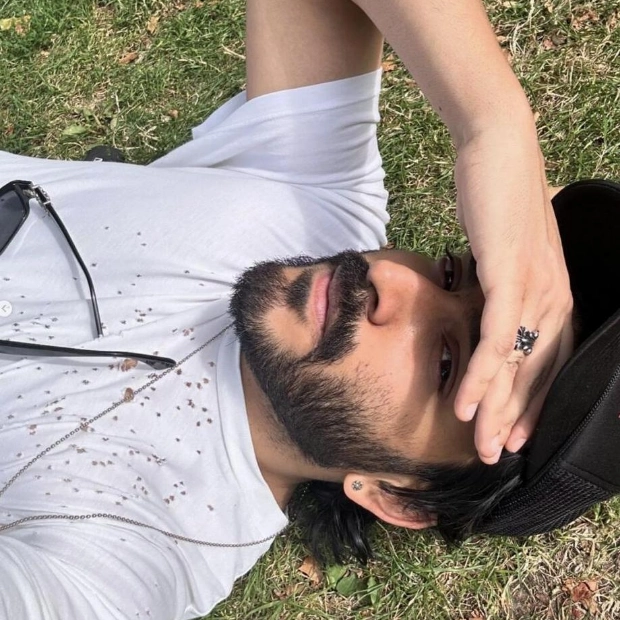Recent studies have uncovered evidence suggesting that a turtle could be the oldest religious symbol venerated by a society in the Middle East. In Manot Cave, located in Western Galilee, Israel, researchers have unearthed proof of human spiritual practices dating back 37,000 years. Approximately 35,000 years prior to the time of Jesus Christ, up to 100 individuals are thought to have congregated in Manot Cave around a carving of a tortoise shell on a boulder. While the exact significance of the tortoise to this early human community remains uncertain, it is believed that these ancient Middle Easterners held the creature in high regard. Tortoise shells frequently appear in the graves of prominent individuals from the Stone Age period. Evidence indicates that humans had been visiting Manot Cave for at least 50,000 years. This new research stems from the discovery of a 'ritual compound' within the cave. The tortoise shell engraving is believed to have been made using a deer antler also found in the cave. The researchers were able to date a mineral layer on the antler to a similar time as the engraving, suggesting it may have been the carving tool.
The discovery of the tortoise shell, detailed in the Proceedings of the National Academy of Sciences (PNAS), provides further insight into the religious practices of humans during the Upper Paleolithic Aurignacian era, which spanned from 43,000 to 26,000 years ago. Turtles and tortoises often feature in religious and cultural practices. A widely shared myth across various cultures is that of a giant tortoise supporting the world on its back. This creature is known as 'Akūpāra' in Hindi mythology, 'Ao' in Chinese mythology, and appears in the creation myth of the Indigenous North American Lenape people. 'Beyond their dietary importance, tortoises likely played a significant role in the spiritual world of Paleolithic people, possibly due to the resemblance between the shell and the cave, both offering shelter and protection,' the research notes. So far, Manot Cave is the only site in the Levant providing clear evidence of a communal ritual compound from the Upper Paleolithic era. This discovery is crucial for understanding the lives of humans during that period. Analysis of carbon deposits on the cave roof suggests that people would gather in the ritual chamber and use handheld torches for light, far from any natural light source. Multiple individuals from the region may have come together, united by this shared religious practice centered around the tortoise symbol. This unification, the researchers propose, could have been 'a successful adaptive strategy to address the significant demographic and economic challenges faced by human society in the Upper Paleolithic.' Given that the boulder with the turtle engraving is the only one of its kind found in the Upper Paleolithic Levant and is unique in its size and detail, it stands as one of the most significant findings for understanding this region of the Middle East before the emergence of early Mesopotamian societies like Sumeria.
Source link: https://www.euronews.com






